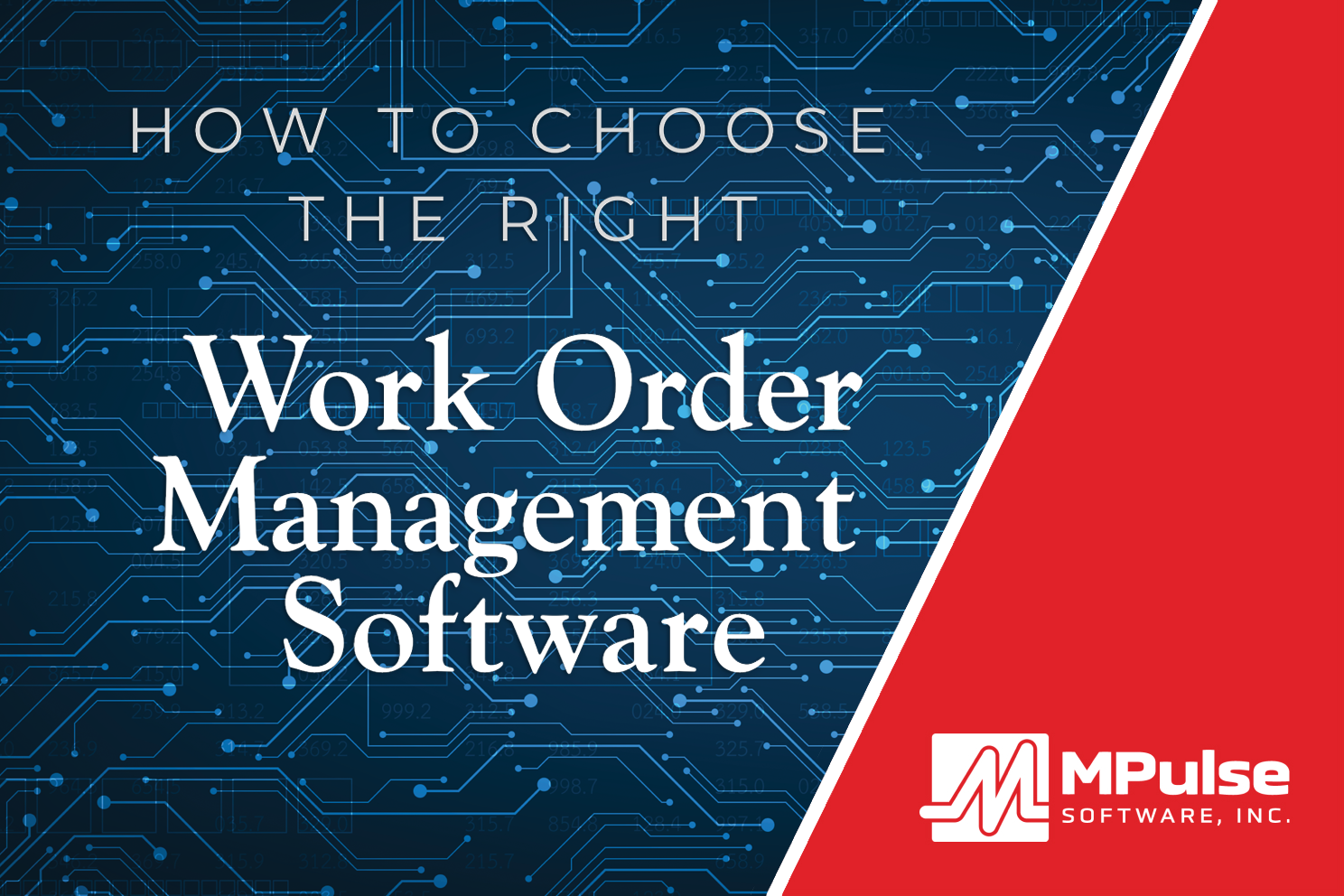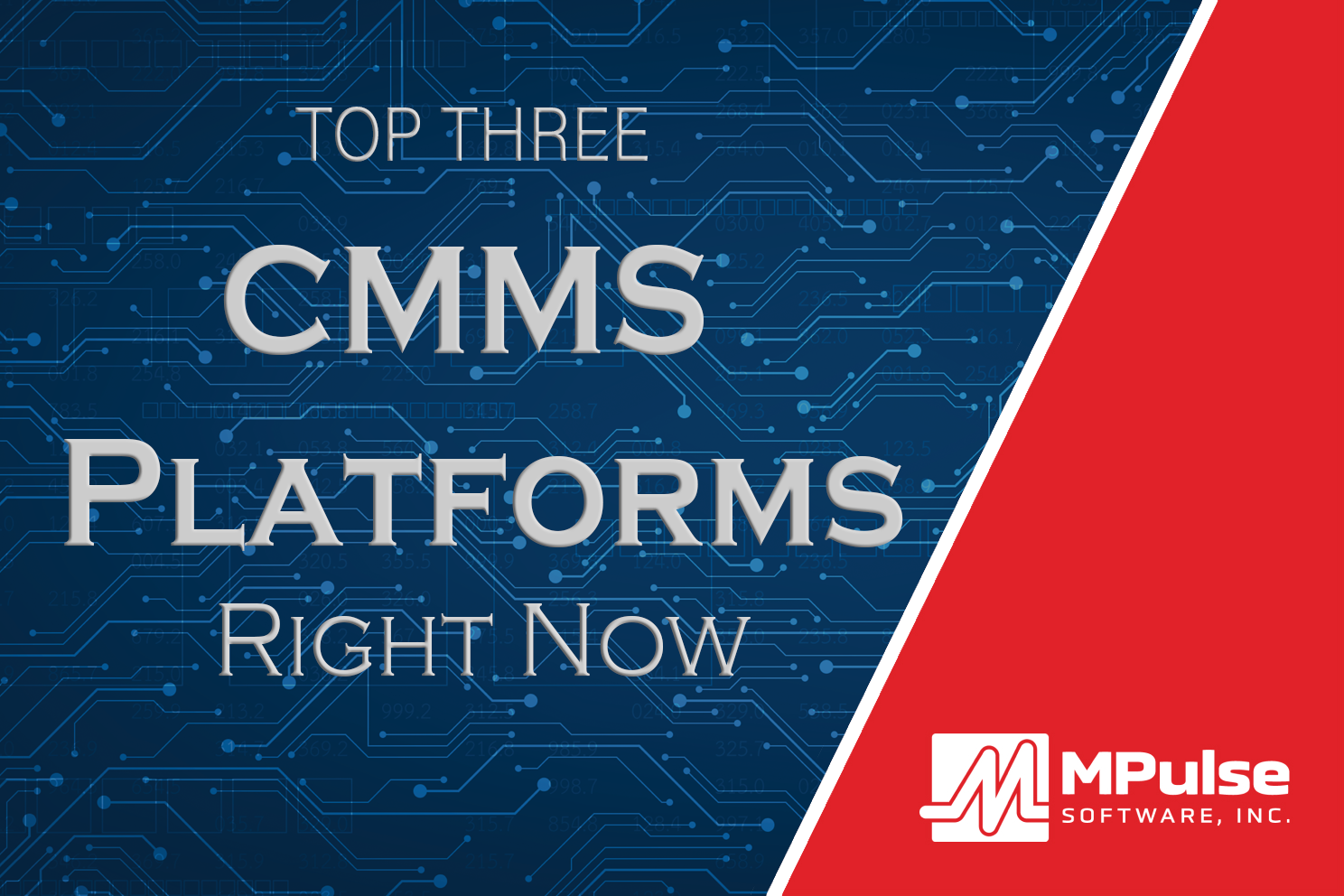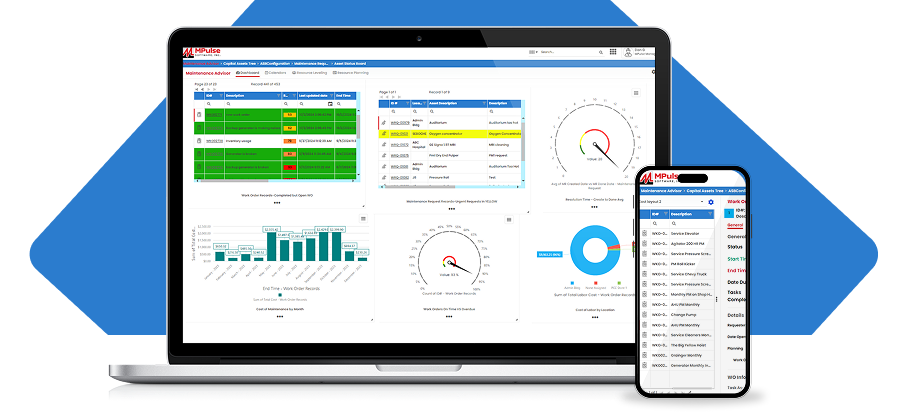If your business relies on equipment, facilities, or other assets that need maintenance, it’s essential to keep them running smoothly. When machines break down or jobs fall through the cracks, it can cost time, money, and trust. That’s where work order management software can help.
CMMS helps track maintenance tasks, manage assets, schedule work, and keep detailed records in one place. But with so many options on the market, how do you choose the right one for your business?
This simple guide will help you make a smart, confident choice.
Table of Contents
What Work Order Management Software Does
Work order management software is designed to help you plan, track, and complete maintenance tasks efficiently. Whether you’re managing a manufacturing line, a fleet of vehicles, or a public facility, work order management software ensures that nothing slips through the cracks.
A good CMMS platform goes beyond tracking work orders. It also keeps a full history of repairs, tracks spare parts, manages schedules, and even generates reports that help you spot problems early. Instead of relying on paper forms or spreadsheets, everything is stored digitally. As a result, your team can find and update data easily.
Seven Steps to Choose the Right Work Order Management Software
Step 1: Identify Your Biggest Challenges
Before shopping for software, think about your current pain points. Ask yourself:
- Are we completing preventive maintenance tasks on time?
- Do we waste time tracking down old work orders?
- Are repairs delayed by missing parts?
- Are technicians or team members struggling to communicate?
- Do I know which assets cost the most to maintain?
The right CMMS should solve your specific problems. For example, if downtime is your biggest issue, look for a system with strong preventive maintenance tools and automated reminders. If communication is a problem, find one with mobile access and real-time updates.
Step 2: Look for the Must-Have Features
Not every CMMS offers the same tools. When comparing options, make sure the work order management software includes the following key features:
- Easy Work Order Creation and Tracking
You should be able to create, assign, and track work orders quickly. A good CMMS lets you set priorities, attach photos or documents, and monitor progress in real time. - Preventive Maintenance Scheduling
Automated scheduling helps ensure regular inspections and service tasks happen on time. As a result, your team can reduce breakdowns and extend the life of your equipment. - Asset Management
Every piece of equipment should have its own record that includes its history, parts used, and costs. This data helps you make data-driven decisions about replacements or upgrades. - Inventory Control
Keeping track of spare parts and supplies prevents delays and helps control costs. Some CMMS tools can even send alerts when stock is low. - Mobile Access
Technicians in the field should be able to view and update work orders on their phones or tablets. Mobile apps make it easier to capture data right at the job site. - Reporting and Analytics
Detailed reports help you measure performance, spot patterns, and justify maintenance budgets. Look for software with customizable dashboards that make data easy to understand. - Integration with Other Systems
If you already use accounting, ERP, or IoT systems, check that your CMMS can connect with them. Integration keeps data consistent and saves time on manual entry.
Step 3: Think About Ease of Use
Even the most powerful CMMS won’t help if your team finds it confusing. Look for a system with a clean, intuitive interface. Many vendors offer free demos or trials. Take advantage of them.
During your trial, test how easy it is to:
- Create a new work order
- Add preventative maintenance schedules
- Assign tasks and track progress
- Search for asset histories
- Attach photos or documents
- Generate a basic report.
If your technicians and managers can learn the basics quickly, that’s a great sign.
Step 4: Consider Scalability and Support
Your needs today may not be the same in a year or two. Choose a CMMS that can grow with your business. Scalable software should allow you to add more users, assets, or sites without major costs or downtime.
Also, make sure the vendor offers strong customer support and training resources. Look for flexible help options, online tutorials, and quick response times. Good support can make a huge difference during setup and beyond.
Step 5: Compare Pricing and Value
Pricing for work order management software can vary widely. Some systems charge per user per month, while others charge a flat fee for unlimited users. There may also be extra costs for setup, training, or advanced features.
When comparing prices, don’t just look for the cheapest option. Instead, think about value. How much time, money, and effort will the system save in the long run? A slightly higher cost may be worth it if it improves uptime, reduces waste, and helps your team work smarter.
Step 6: Read Reviews and Ask for References
Before making a final decision, read user reviews and ask the software vendor for customer references. Find out how other companies in your industry are using the system and what results they’ve seen.
Reviews can reveal useful details about real-world performance, such as how reliable the mobile app is or how fast customer support responds.
Step 7: Start Small, Then Expand
Once you’ve chosen your CMMS, start with a pilot program. Test it in one department or location before rolling it out company-wide. This implementation process helps identify any issues early and gives your team time to adjust.
Gather feedback from your technicians, managers, and administrators. Use what you learn to fine-tune your setup before expanding.
Choose the Work Order Management Software that Fits Your Business
Choosing the right work order management software is an investment in your business’s efficiency and reliability. A well-chosen CMMS can help you prevent breakdowns, lower costs, and keep your operations running smoothly.
By taking time to understand your needs, compare features, and test your options, you’ll find a solution that fits your business perfectly. As a result, you can keep your equipment working, your team organized, and your customers happy.
Get started today. Contact us.






